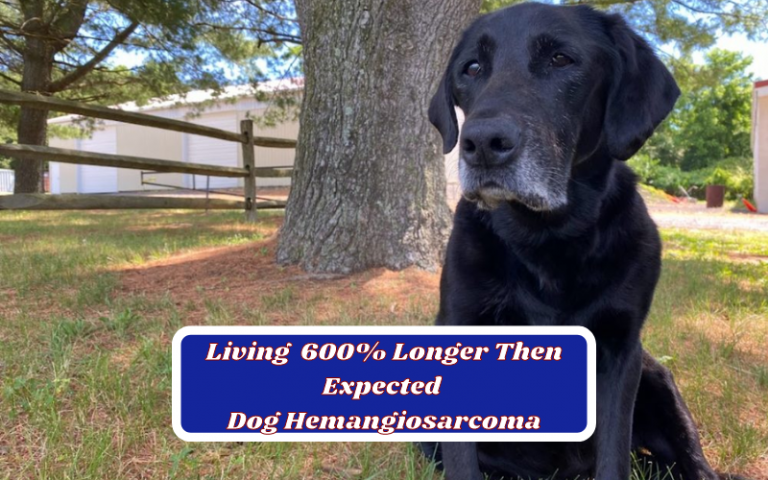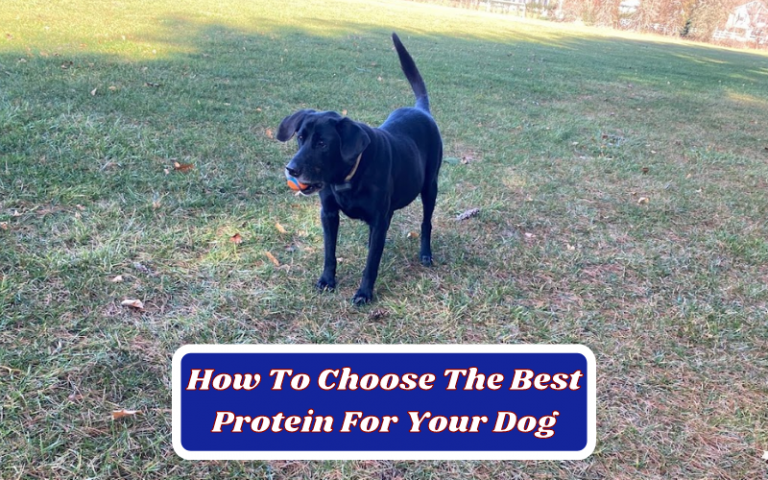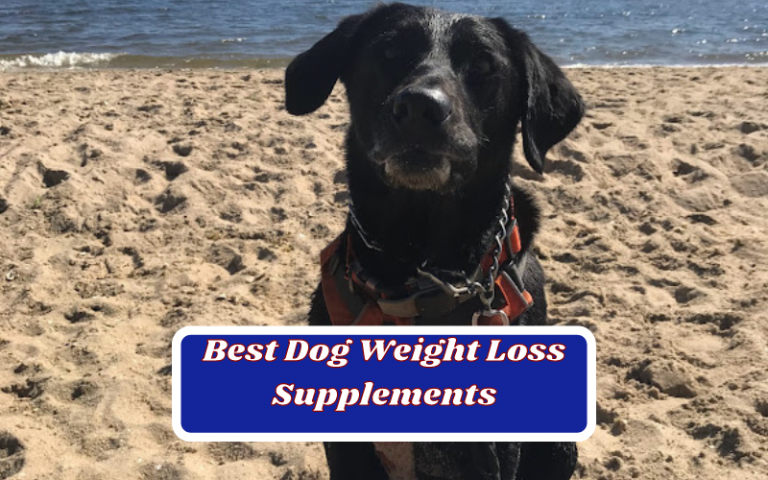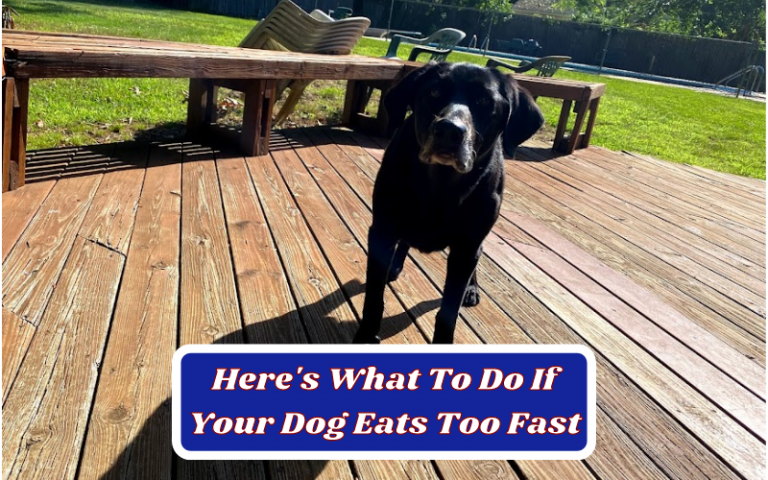How To Tell If Your Dog Is Overweight & What To Do Next
* This post contains affiliate links, and we will be compensated if you buy after clicking on our links.
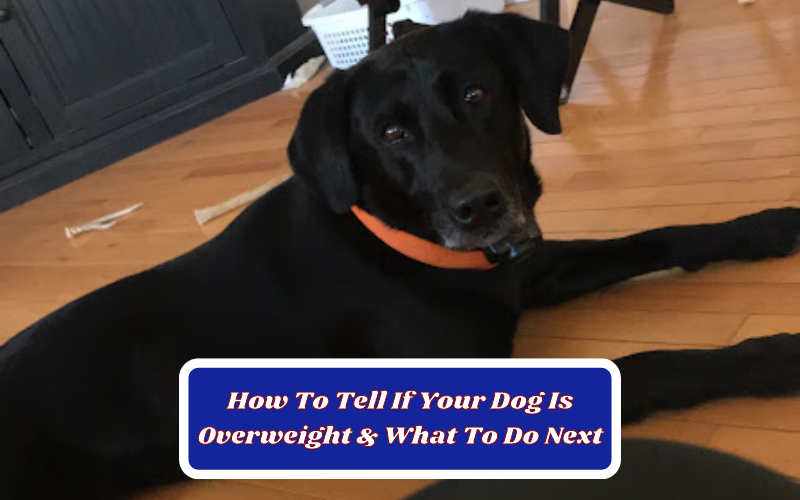
I am sure we are well aware of the staggering data regarding human obesity, but did you know that this issue also affects pets?
In the US, nearly 60% of cats and dogs are overweight or obese. While many might think a chubby puppy might be cute, overweight and obese pets can face a range of health problems; these include joint disease, respiratory disease, diabetes, cancers, heart problems, shorter lifespans and low quality of life. If your dog is experiencing any of these, make sure to talk to your vet and check out some of our recommendations articles
And we know, it can be challenging to determine whether your dog is overweight or not. But do not worry, because we’ll go over some warning signs to look for as well as what to do if your dog is indeed overweight.
Ready to get started?
Let’s go!
How To Tell If Your Dog Is Overweight Or Obese
It can be challenging to determine your dog’s weight simply by looking at them.
The easiest way on how to tell if your dog is overweight or obese is by feeling your dogs ribs. No matter what breed your dog is, you should be able to feel all of its ribs without any extra fat covering them. Additionally, your dog should have a distinct tuck-up from the chest to the stomach and a chest that is wider than his abdomen.
A dog that is overweight, obese or fat typically lacks a waist and cannot tell his chest from his stomach. You may also your dog pants while he is walking, they move slower or take more naps than usual.
Examining routine activities can assist in determining whether your dog may be overweight as well. Some of the following may be signs of a weight problem:
- Having trouble standing up from a lying or sitting position
- Needing assistance getting up like in the car, onto couches or beds, climbing stairs, etc.
- Avoiding play or playing less than they used to.
- Showing signs of exhaustion after little activity, such as after greeting you when you arrive home.
Fortunately, there are many things you can to assist your dog in losing weight.
The Body Condition Score
This physical examination of your dog is done by hand. It takes into account whether or not you can see your dog’s last rib, whether or not they have an hourglass figure, and whether or not they have a distinct waist when viewed from the side. It also takes into account how easily you can feel your dog’s ribs and shoulder bones. You can then rate your dog from 1 to 9 using the following scale:

1: Very underweight. Should be focused on gaining weight as healthy and fast as possible.
2–3: Underweight; visible ribs, spine, and hip bones; little fat; very noticeable waist
4 to 5: Ideal Weight Ribs, spine, and hip bones can be felt easily, and you can see a waistline.
6: Above average, but not too bad.
7 to 9: Overweight to Obese Excessive fat deposits on the waist, face, and limbs; ribs, the spine, and the hip bones are difficult to see or feel.
Reasons & Issues Why Your Dog May Now Be Overweight
So now that we know whether or not our dog is overweight, the next logical thing to do is to understand why they’re overweight. For example, are they overweight because they are eating to much, or is it because they have a underlying health condition.
Obviously, if your dog has a health condition, then we know that there is a reason contributing to your dog being overweight. You will here need to work specifically with a nutritionists for your dog to help them if at all lose weight. As always we recommend talking to your vet in this situation.
If your dog does not have any health conditions, it is now time to examine what is causing this (before implementing anything, we recommend speaking to your vet.)
Diet: Although it may seem obvious, the food you give your dog and the amount you give them at each meal can have a significant impact on their weight.
When it comes to what is being fed, it has been demonstrated that dogs eating kibble are 1.2 times more likely to be obese than dogs eating a fresh food diet. Some tips here are shorting the amount you give and adding more smaller meals throughout the day.
What we recommend: Giving your dog a more diet specific blend of food. You can view our top recommendations here but we recommend formulas that are high in proteins, moderate amount of fats, and low, clean carbs.
By switching to a formula that is geared to helping promote healthy weight control, you’ll be on your first step to helping your dog lose weight.
Treats: Treats, as long as they make up less than 10% of your dogs total calorie intake, are not necessarily linked to an increased risk of obesity. But that does not mean it does not have any effect.
Age: The risk of being overweight or obese is highest in animals between the ages of 6 and 10, but it decreases as age increases.
Activity: Just like with humans, a lack of exercise can cause your dog to gain weight. Your dog is 6 times more likely to be obese if they exercise less than 4 hours per week than dogs who exercise more than 7 hours per week.
How To Help If Your Dog Is Overweight, Obese Or Fat
So, now we have a understanding of whether or not our dog is overweight, as well as what is possible the main reasoning for them being overweight.
Now it is time to take action and help your dog get back to that healthy weight levels. As always, we advise you speak to your vet before doing anything but, here are the things you can do to help your dog lose weight:
- Diet: Making sure your switch there food to a weight control / healthy weight loss formula. We recommend talking to your vet here and checking out or list of the best weight loss formulas for dogs.
- Exercise: It is important to make sure your dog is getting enough exercise. Now if your dog is very overweight, they may not even want to play or move around. This is where you need to start slow and go from there. Start with a short walk (or a few) around the block daily or a few tosses of the ball. Then gradually work your way up to 1 mile walks (or more), as well as adding more walks frequently throughout the day.
If your dog does not enjoy these things, think of other ways to get them to move around. For example maybe they enjoy chasing you around, or running after you. Maybe they love to swim, (swimming is an amazing way for your dog to exercise) or find treats around the house (when you hide them.) Whatever it is, you want to focus on getting your dog up and moving. Focus on getting them to move around and exercise. - Fetch: Playing fetch is considered exercise, but it almost like it’s own entity. Your dog sees fetch as playing, or there job and most dogs love to partake in it. It is an incredible way to allow your dog to run and lose weight quickly. Now if your dog does not know how to play fetch, don’t worry as you can teach them how to play here. Fetch is one of the best ways to help your dog exercise and lose weight.
- Playing Games: Playing games with your dog is another incredible way to help them lose fat. By playing games with your dog, you’re not only spending quality time with them, but also helping them stay moving and helping them lose weight to overall feel better. Playing games has a ton of additional health benefits for your dogs mental & physical health as well. There are many games you can choose here, but or favorite games can be found here.
- Treats: Many times, overweight dogs usually get a good amount of treats and table food from there owners. Table food for our dogs is junk food to them, When it comes to treats and table food, your dog should not be getting more than 10% of there calories from these foods. We like to recommend getting rid of all of those treats and focus on making the switch to healthy treats. These healthy treats can include carrots, bananas, broccoli, blueberries and other superfoods. Just make sure that the treat you choose is safe for your dog to consume. For example, dogs are extremely toxic to grapes and CAN NOT eat them, so don’t feed them to your dog. These healthy foods (like carrots) are tasty for your dog, are a treat / snack for your dog, have a ton of benefits, and are lean snacks.
- Smaller, More Frequent Meals: Research has indicated that eating one large meal per day may increase the risk of developing weight-related problems. Consider dividing your dog’s daily meal into two to four smaller portions. This can aid in calorie burning and hunger suppression.
Monitoring Success With Weekly Weigh Ins
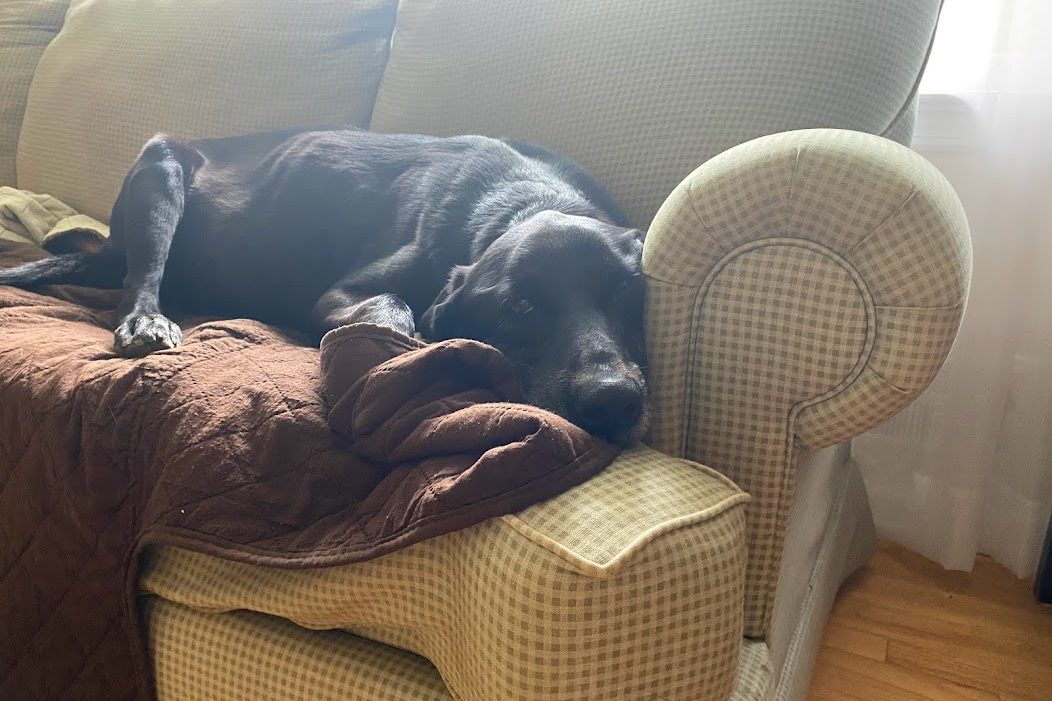
Monitoring your dog’s progress is important once you have started this journey. You should take part in weekly weigh-ins, and adjust the plan as necessary (for example, if your dog is losing to much weight to fast, then you can adjust that, or if there not losing as much weight as they should be, you can implement more exercise throughout the day, and so on.
If your dog needs to lose more than a few pounds, it might take some time, but with the right diet and exercise plan in place, along with consistency in following it, your dog will soon be living a better and healthier life!
Frequently Asked Questions About Helping Your Dog Lose Weight
What weight is overweight for a dog?
Dogs are overweight when their body weight is 10–20% higher than what is considered ideal. When a person’s weight exceeds their ideal body weight by 20% or more, they are deemed obese.
What dog breed is usually the most overweight?
According to recent veterinary research, Pugs, Beagles, and Golden Retrievers are among the dog breeds with the highest risk of obesity. Following those breeds there are English springer spaniel, Border terrier, and Labrador retriever.
Does pumpkin help dogs lose weight?
Pumpkins are a helpful weight-loss aid for your dog because they are high in moisture and fiber. You can help your dog lose some extra water and weight by substituting canned pumpkin for a small portion of its regular diet (a few teaspoons for a small dog up to half a cup for a large dog).
Are vegetable good in helping dogs lose weight?
Broccoli, green beans, celery, baby carrots, frozen carrot slices, and asparagus are all great vegetables that can aid weight loss in dogs. Most dogs enjoy crunchy treats, so choose something nutritious and low in calories as opposed to traditional treats will go a long way in your dogs weight loss journey.
Conclusion
When it comes to learning how to tell if your dog is overweight, you should first understand the why. The reason why that is, that your dog is over weight. Is it because they’re lazy, or is it because they have a underlying health issue. This is the first step in making sure you are on the right track.
Next, you should make sure to get them on a healthy weight loss formula for there diet as well as make sure to get them moving. Playing games, taking them for walks, running around, anything here. Get your dog to enjoy moving around and playing.
Remember to start slow and gradually work your way up to move exercise. Slow and steady wins the race.
Another important thing to monitor is your dogs fluid intake. No matter what, your dog just like us humans needs water and fluids. Without it, they run the risk of becoming very sick and even dying. Make sure they are getting enough water in throughout the day. If you’re unsure about this, check out our hydration guide article.
The more time you devote to helping your dog in there weight loss journey, the better the results will be and the more sustainable they will be.
As always, here at Jacktra our mission is to help dogs, cats and animals all around the world. By simply using us, you’re contributing to our journey. Make Jacktra your homepage and start giving back completely for free today.


